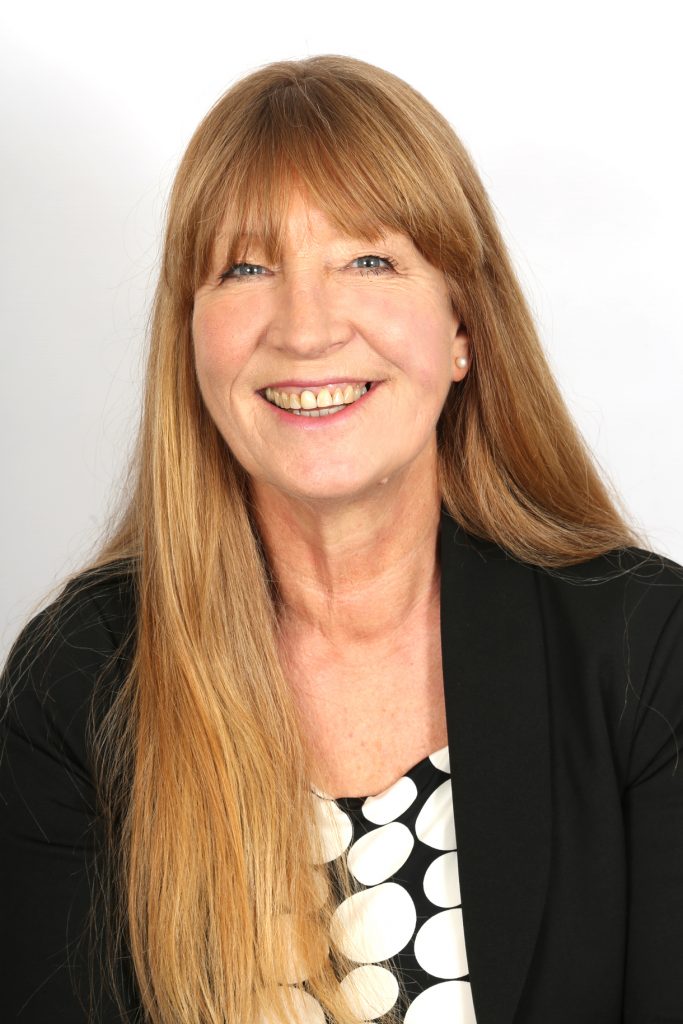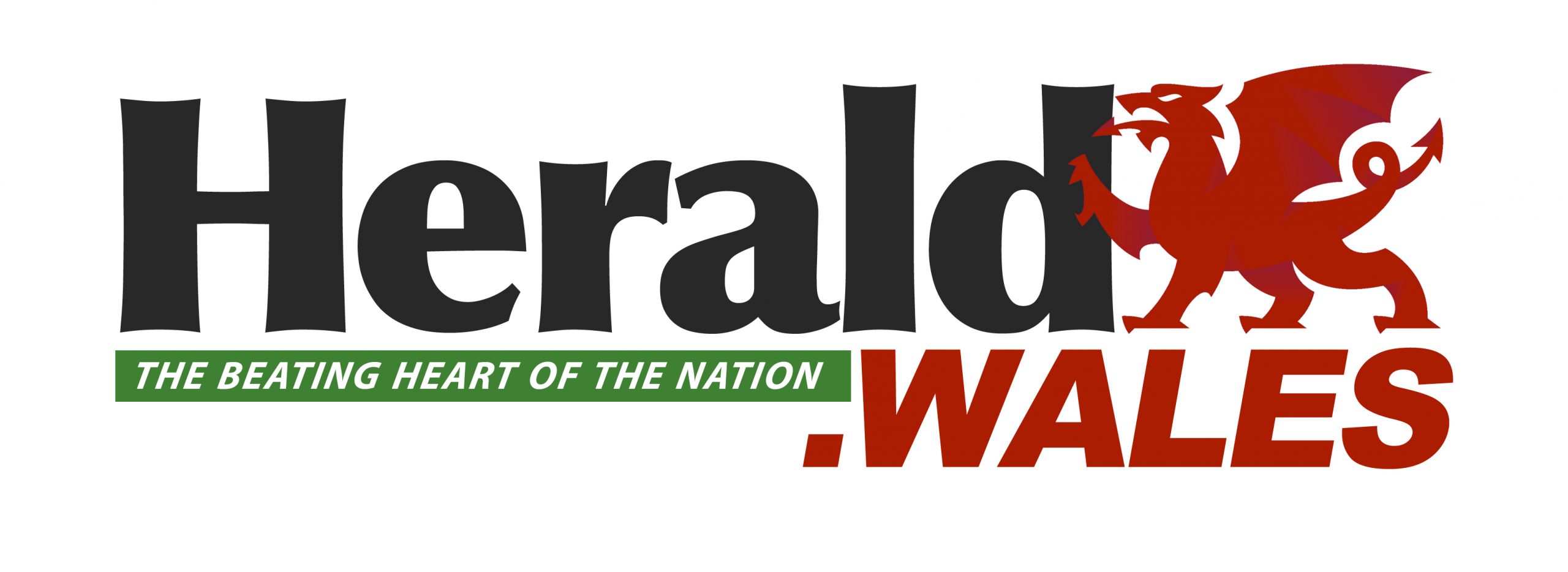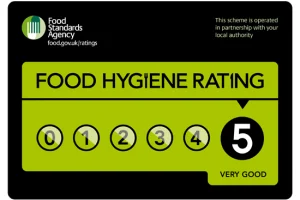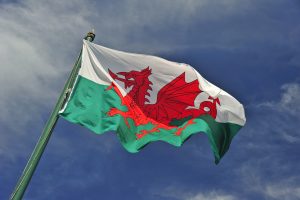A GWENT council’s cabinet has said it will continue to support the use of Welsh and English names despite backing other bodies that have dropped English.
The body responsible for overseeing arrangements for council elections in Wales has suggested only using Welsh names for wards which make up the electoral divisions of local authorities.
Members of Monmouthshire County Council’s democratic services committee couldn’t reach a consensus on whether to support the use of only Welsh names when they discussed the proposal in March but said a bilingual approach was their preferred option.
They wanted the council to retain the flexibility of putting forward “suitable names” that identify the ward or area locally.
The council’s Labour led cabinet agreed its response to the Democracy and Boundary Commission Cymru’s consultation ahead of the 2025 electoral review programme when it met this week which states the position outlined by the committee is the council’s view.
Conservative opposition leader Councillor Richard John claimed the scrutiny committee was “almost unanimous in its opposition to monolingual ward names” and asked for the ruling administration’s view on the proposed policy.
The Mitchell Troy and Trellech councillor said establishing the principle council services and education can be accessed through the medium of Welsh has been “hard fought over the years”.
He said: “I wonder what are your thoughts on moving away from that and having monolingual ward names?”

Cllr Angela Sandles, the cabinet member for equalities, said the council response is “explicit in its support for bilingual names” and also said it supports the Welsh Government’s commitment to supporting the growth of Welsh and the aim of reaching one million Welsh speakers.
The Magor East with Undy Labour member said she would “draw a parallel” with the council’s street naming policy which is new streets should either have a Welsh only or bilingual name.
She said: “When new names are created there’s a unique opportunity to promote use of the Welsh language.”
The councillor then highlighted how two of Wales’ national parks have agreed to only use, what she called, “their original Welsh names” and the use of Cymru by the Football Association of Wales.
Cllr Sandles said: “These have been embraced by English speakers and appear regularly in print even in the London-based press. Our national football team now uses Cymru rather than Wales and I’m sure we all agree with your statement about how proud and keen we are to promote Cymraeg in Sir Fynwy.”
She also said the scrutiny committee’s discussion showed “all political parties” supported bilingual names as the preferred outcome. Only Labour and the Conservatives are represented on the scrutiny committee, as the council’s sole Green Party councillor is a cabinet member, and during the meeting a number of Labour members said they would support only using Welsh names.
Cllr Sandles said the administrations is: “Absolutely in favour of the principle of bilingual place names and I would hope these names similarly pass into the everyday lexicon of people throughout Wales and beyond.”

She added: “Rydw i yn gobeithio fod hwn yn glir (I hope this is clear).”

The council’s response also states it isn’t in a position, due to the short consultation period, to offer a view on how many councillors Monmouthshire should have but is content with how the commission has calculated it should be between 41 and 48 members. It’s current membership is 46 and the council also said it prefers single member wards.
It has also noted some areas of the county are either significantly above or below of the 20 per cent variance on the average size of a council ward. Cllr John said the variance figure had previously been 25 per cent which he said could help keep rural wards together.















